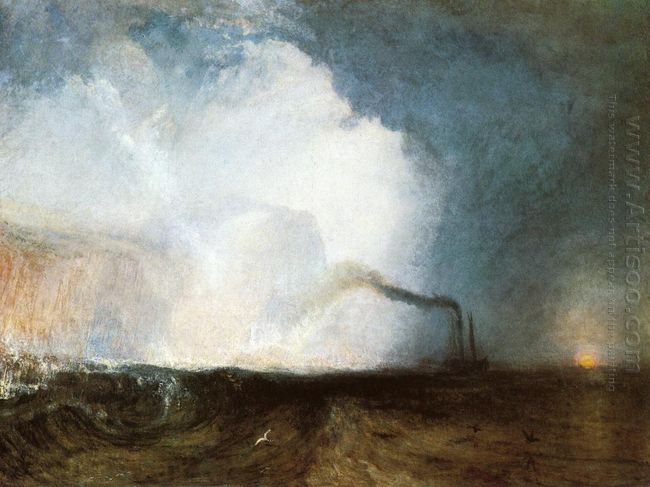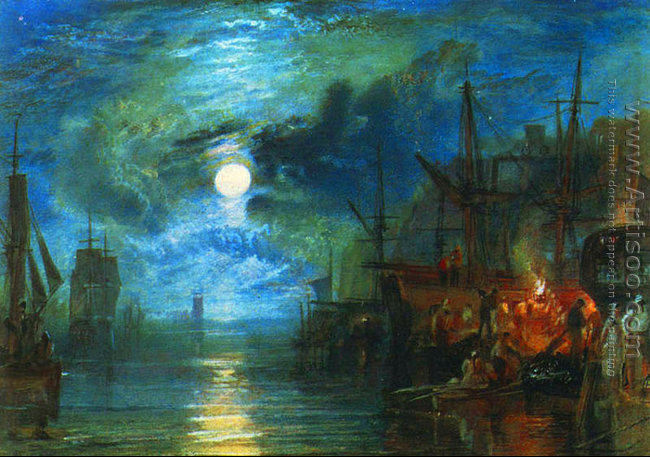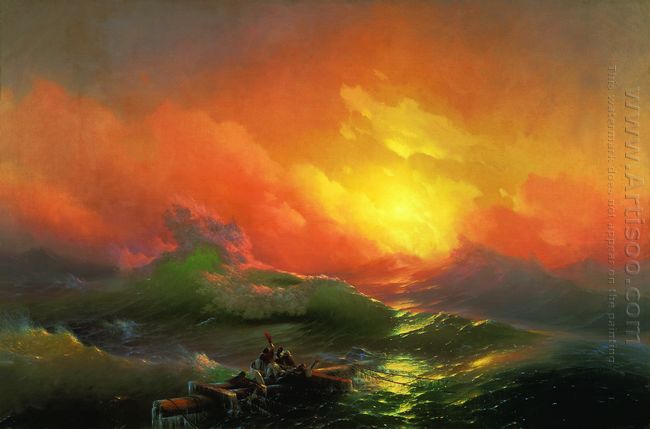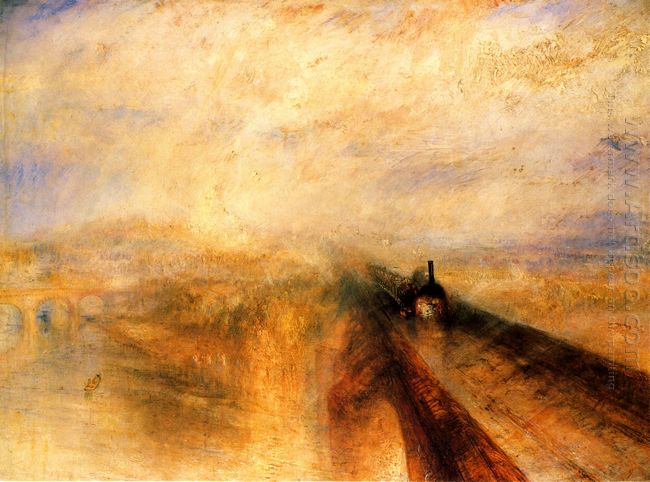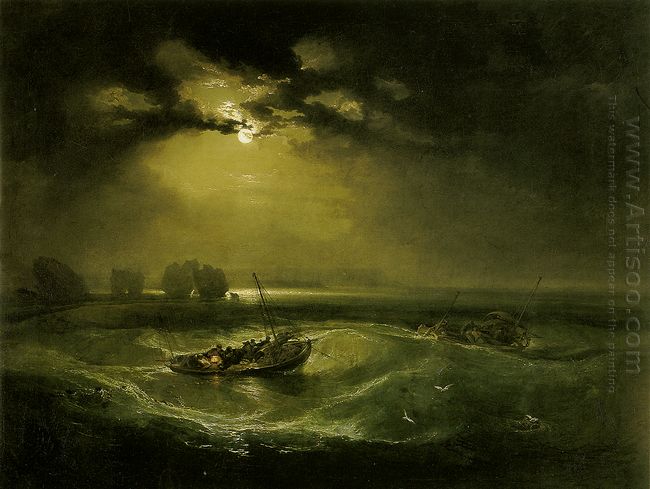Staffa Fingal S Cave was painted by the British romantic landscape painter, famous watercolor painter and printer maker Joseph Mallord William Turner in 1831-1832, depicting a steam turbine driving on sea near Staffa. Staffa Fingal S Cave was oil painting on canvas, measuring 90.8 x 121.3 cm. The painting was now collected in Yale Center for British Art, New Haven, Connecticut, the United States.
In 1830s, Britain was experiencing the industrial revolution. Thus Turner often added the industrial factors in his paintings and the machines triggering changes, which seemed ugly and indecent for other people. In 1831, when publishers launched to promote new Scott works, they insisted on inviting Turner to join and even said, “With Mr. Turner's illustrations, I can guarantee the poem will be sold more than 8000 copies, otherwise even 3000 copies are hardly sold out.” This year, the British novelist and poet Walter Scott had to compromise and once again invited Turner to his home, but Turner was painting on the west coast of romantic Isle of Staffa.
Through the description of turbine facing the surge of storm clouds ahead, Turner recreated the unique modern view of life. He not only portrayed the new invention at the stage of the steam, but also suggested his new invention having a sublime heroism. In the right bottom of the painting, J.M.W. Turner RA was signed. The use of a large number of white depicted the cloud and mist, making the Isle of Staffa and the island's cave partly hidden and partly visible. The contrast of the Isle of Staffa and steam ship on the right side and the sun made the whole painting balanced and coordinated.








